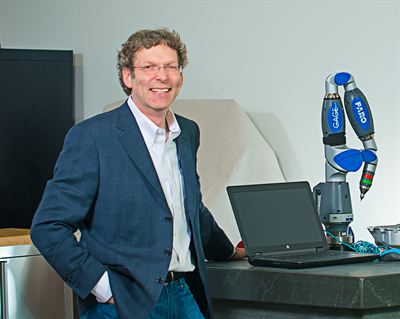DSD to reveal low cost 48V e-drive architecture concepts at CTI Symposium alongside advances in virtual NVH validation

Transmission consultancy to present advanced technical papers at 2015 CTI Symposium in Novi, MI
Michigan, USA, 13th May 2015 – A new 48V e-drive systems concept for mild hybrid vehicles will be revealed at the 9th International CTI Symposium (Novi, MI, 18-21 May) in a presentation by driveline engineering specialist Drive System Design (DSD). In a second paper the company will show how to take time and cost out of gearbox and differential casing development by using more accurate NVH simulation methods to optimise the design earlier in the engineering program.
The first paper, scheduled on Day 2, at 4:45pm in the HEV session, will look at compact architectures using 48V e-drives to create low cost, full hybrid systems. Dr John Reeve, DSD UK Chief Engineer, will present ‘A study of compact architectures using multiple 48V e-drives to create a low cost 30–45 kW full hybrid system’.
“Consumers and manufacturers are seeking lower cost solutions for hybrid powertrains. Currently, 48V systems are marginal in terms of spend per CO2 saving, so costs must be reduced or additional features provided,” explained Reeve. “Our research has identified a number of exciting possibilities by integrating 48V powertrain concepts via the transmission. The resulting e-drive architecture is versatile and compact, yet can provide full hybrid capability.”
As 48V electrical components become increasingly available in automotive production quantities, it is expected that such concepts will be both technically and economically attractive. For example, each additional electric drive and energy store (battery and/or capacitor) may be entirely self-contained, with its capacity and location optimally selected for its particular purpose and duty cycle. DSD’s paper develops and critically evaluates novel self-contained hybrid transmission concepts that significantly extend the capability of 48V systems into the 30-45kW power range.
This allows low voltage hybrids to deliver many of the benefits associated with high voltage plugin hybrids without the dealer and infrastructure investment required to safely handle high voltage systems. There is a natural limit with 48V of ~15kW per machine so a modular concept makes the lower voltage system more attractive.
The second paper will show how transmission and differential casing NVH can be optimised even at first phase prototype level, by using advanced but well-proven analysis techniques. Entitled ‘Prototype engineering phase housing casing NVH optimisation’, it will be presented by Jon Brentnall, VP Engineering, DSD Inc., also on Day 2 of the symposium at 4:15pm as part of the AWD NVH session.
“The complexities of system interactions have meant that traditionally the process of NVH optimisation has had to wait for the availability of physical prototypes, which slows down progress and makes design changes more expensive,” said Brentnall. “Our advances in stiffness modelling which combine shaft, bearing and housing contributions, means we can produce first level prototypes that are already close to optimal in NVH performance.”
DSD’s method uses virtual accelerometers on the housing or subframe and inserts highly-accurate component mode synthesis matrices (CMS) of the housings into the gear, shaft and bearing models. This builds a complete representation of all the components and allows transmission error excitation of the system, including the casing and shaft modes, to be simulated. This allows the engineering of rib structures with NVH objectives within the engineering phase and enables correlation with transmission test accelerometer data measured during the testing phase. This method has been validated against test data for both automatic transmissions and axles.
According to DSD’s President, Shaun Mepham, the two papers neatly showcase two aspects of DSD’s work; the development of advanced processes and the exploration of ground-breaking concepts. “Improved design and simulation techniques enable us to better optimise the products we create, while fundamental studies, such as the 48V architecture, help us to improve the strategic design direction,” he said.
About DSD
Drive System Design (DSD) is an award winning engineering consultancy specialising in the engineering, development and control of transmission and future driveline systems.
The company’s staff has experience working with vehicle manufacturers and Tier 1s around the world, designing new technologies and solving problems to make their products more competitive. It has the engineering, test, analysis and project management skills necessary to deliver projects to demanding timescales. Working closely with its customers through technical centres in Europe and North America, DSD is recognised as a world leading expert in driveline refinement, efficiency improvement and hybrid and electric vehicle transmissions.
Press Contact
Richard Doherty at Market Engineering
+44 (0)1295 277 050
richard.doherty@m-eng.com
Tags:




